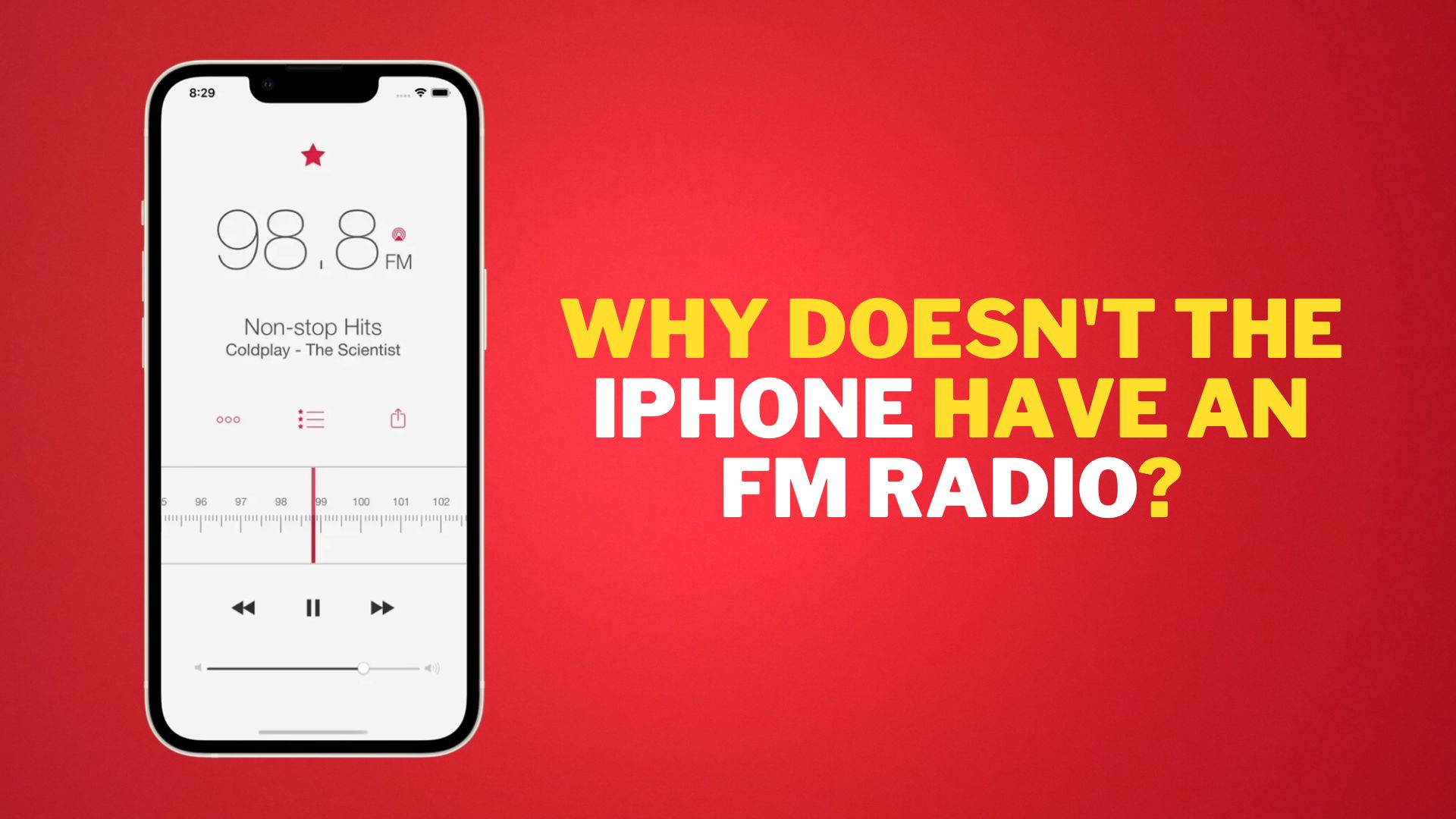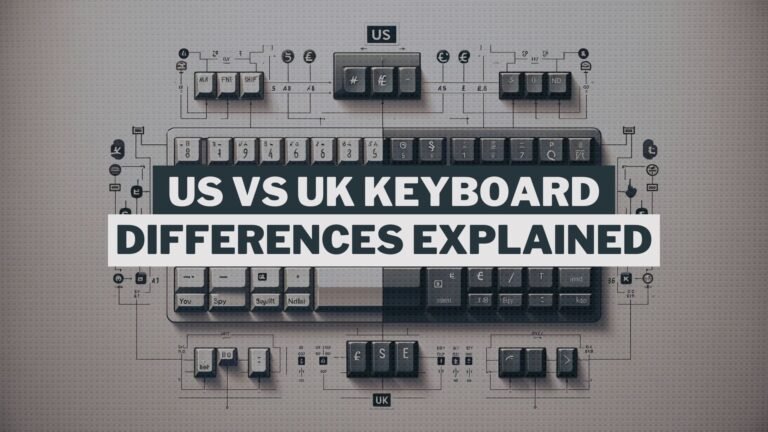If you’re switching from Android, you might be wondering why Apple’s iPhone lacks the relatively common FM radio feature.
Starting with ‘Components’

Apple used to actually include FM radio tuners in their phones prior to the release of the iPhone 7. Even though this wasn’t on purpose. Instead of being created by Apple, the WiFi and Bluetooth chipset used in the iPhone was purchased from Broadcom. Additionally, that manufacturer by default incorporated a radio tuner into the chipset. So it was cheaper for Apple to simply leave it in.
Early iPhones did have this tuner, but Apple was required to provide support for it. To get the tuner to function, the FM circuitry had to be installed. Circuit diagrams for iOS devices also show that the circuitry was never added. Why not, though? Apple could have easily turned on the FM tuner in the iPhone and enabled radio. Their choice not to demonstrates Apple’s prudence in choosing which features to include in their products. They don’t ask if something can be done. Instead, they ask why should it be done. And that question is what led to radio being left out of all iOS products.
User Experience of FM Radio

Apple believed that the FM radio user experience fell short of their expectations. For instance, the user’s location affected the availability of radio stations. They would be unable to access a favourite station when moving to a new city if they had one in their hometown. Not to mention the unreliable reception while in rural areas. The average sound quality through radio is 128 kilobits per second which is half as good as Apple Music’s 256 kilobits per second.
Lengthy AD Breaks

Finally, Apple doesn’t like the lengthy commercial breaks that radio stations play because they don’t get paid, and users don’t like them because they just want to listen to music. Consequently, Apple decided that FM radio was unnecessary and removed the FM tuners from the first generation of iPhones, starting with the iPhone 7.






